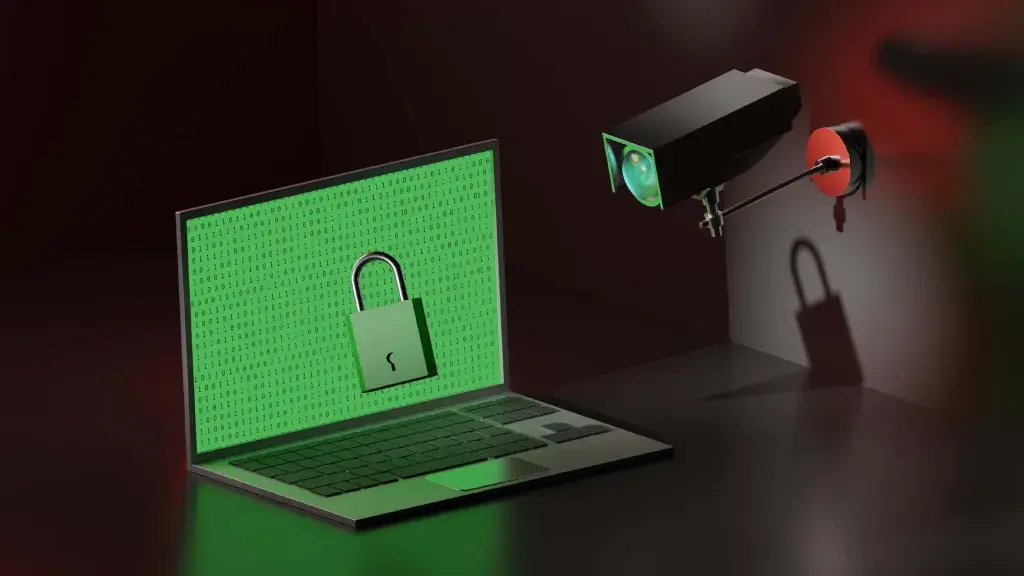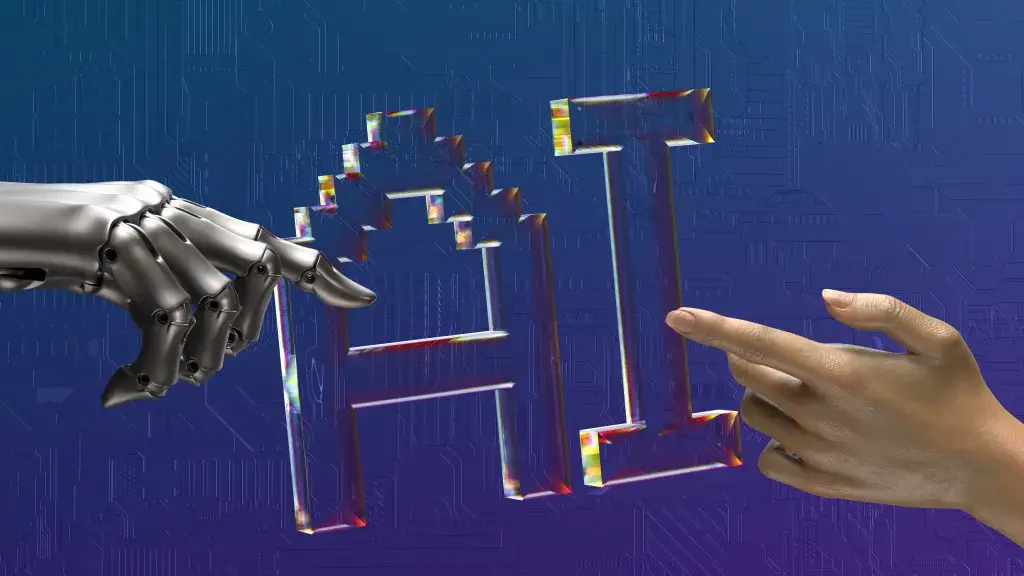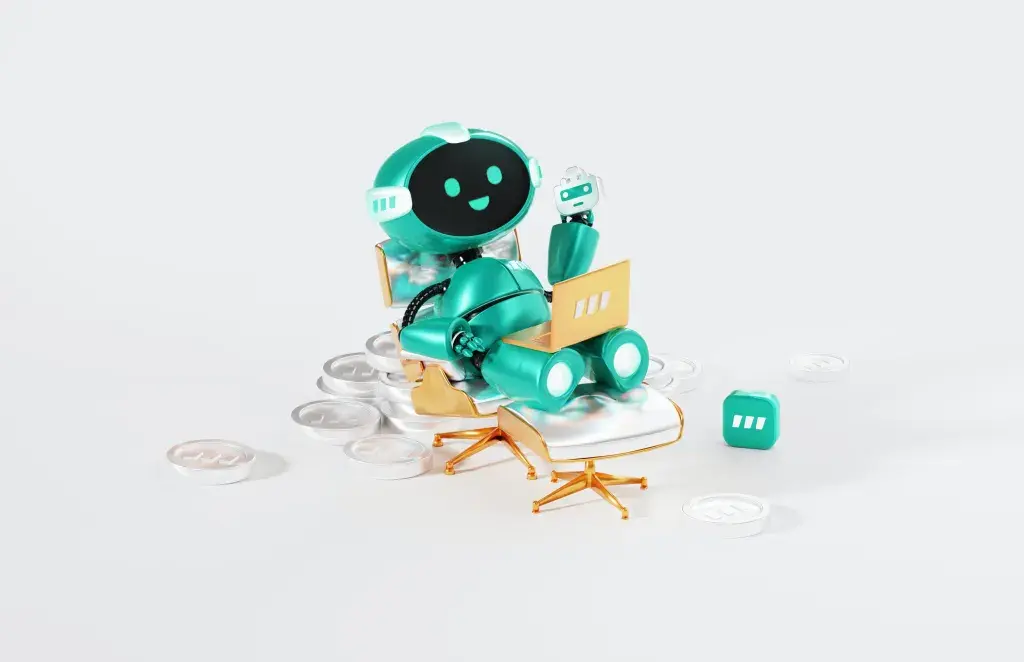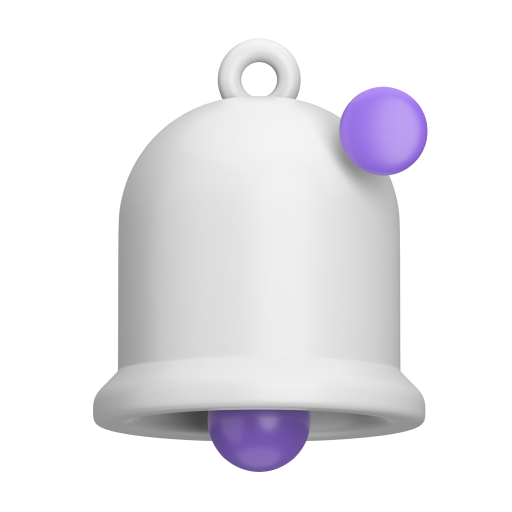When a new NFT project arises and gains success, more often than not, many copycat projects will follow directly behind. But are these copycats legally allowed to do this? Let’s open up the Pandora’s box that is Intellectual Property and NFTs, to find out.
What is an NFT?
An NFT, or Non-Fungible Token, is a blockchain token standard representing ownership of unique items. The Smart contracts (aka code) behind the NFTs help govern the creation, ownership, transferability, and location of the linked content. Most content is stored ‘off-chain’ in decentralized file storage such as IPFS or Arweave.
The term ‘Non-Fungible’ describes things that are not interchangeable because of their unique properties, such as passports, driver’s licenses, or car keys. Its opposite is, you guessed it, fungible. Fungible is the term used to describe items that can be easily exchanged because their value defines them. An example would be that a $5 bill can be exchanged for any other set of five $1 bills.
What is Intellectual Property?
Intellectual Property or ‘IP’ refers to the products of the human intellect that the law protects from unauthorized use by others. In the case of NFTs, we will discuss one form of Intellectual Property, copyright.
Copyright protects the artwork, visual, auditory, or otherwise, of the NFT. A copyright is not something you have to file for. The artist is automatically protected by copyright once the work is in a fixed tangible form. Although in the US, you must register your copyright with US Copyright Office if you want to take your infringers to court.
While NFTs are relatively new, it seems like copyright law will treat NFTs the same as traditional artwork.
Copyright Infringment and Fair Use
Now that you know what an ‘NFT’ is and understand that the artist has copyright once the artwork is created, let’s talk about where things begin to open up.
Let’s create a fictional scenario where we are creating an NFT collection that will become a big success and catch the eyes of the world so we can have an idea of what could happen. To begin, we have an idea of what we want our NFT collections to look like, but we can’t draw, so we go online and hire an artist to draw our collection for us. But oh no, didn’t we just establish that the artist will own the copyright? Not in this case. Since we paid the artist and had them sign an agreement, the work is considered “made for hire,” which gives the payer the copyright unless otherwise stated in writing. To be sure we can take legal action, we should also register our copyright.
Ok, so now we have the artwork and ownership of the copyright, which will allow us to sell our NFTs commercially with no problem. Let’s fast-forward and assume we have our NFT minting website, smart contracts written, marketing done, and we launch our collection publicly. Boom! It sells out in minutes, and we couldn’t be happier to see all our hard work pay off.
But wait, what’s that? We see our collection being sold, but all the images are mirrored. Someone else is selling our copyrighted artwork with barely a single change made to it.
We find out who they are, get an intellectual property lawyer, and bring them to court for copyright infringement. Done and done, right?
Unfortunately, it is not that simple. Their lawyer could come back and say what they are doing falls under the ‘fair use’ category. ‘Fair use’ allows them to use a copyrighted work without the copyright owner’s permission for purposes such as criticism, comment, news reporting, education, or research. In this situation, the next logical step would be to claim that they used the infringing work for commercial purposes (the for-profit sale), which weighs against fair use.
What is a Transformative Purpose?
For argument’s sake, let’s say that their team claims that the copycat collection provided a transformative purpose.
This would be an argument similar to when Andy Warhol sold his prints of the Campbell’s soup can. Or, in the more modern case of Richard Prince, an American painter and photographer, who screenshots models and celebrity’s Instagram posts and then will inkjet print them on large canvases. Richard would then sell them for six figures without asking the people in the images for permission.
In the case of Richard Prince, his lawyer stated, “…it has a different purpose and meaning. Prince’s purpose was to comment on social media, to satirize how people communicate today.” This argument worked in persuading the judge that the work indeed provides a transformative purpose.
So in our fictional example, a parallel argument could be made that “the mirrored images are a comment on how they view NFT sales,” or something along those lines to convince others it is transformative. Therefore, the alleged copyright infringement would fall under fair use.
Copyright Infringement in the NFT Space
Like the traditional art world, we have already seen similar cases within the NFT space. Most notable of these is Bored Ape Yacht Club (BAYC), a wildly popular and lucrative NFT collection, filing a lawsuit against Caked Apes, a derivative NFT collection that made minor changes to the images. Caked Apes generated over $2 million in revenue, catching the eye of many.
When buying most physical pieces of art and NFTs, the buyer may display the artwork in a personal manner and, unless stated, does not have the right to commercial reproductions or the ability to create derivative works.
However, this is not the case for BAYC NFTs. Due to how the copyright for BAYC was drafted, owning a BAYC NFT grants the holder an unlimited derivative license.
The copyright involved in the BAYC collection proposes a real problem to their case. The implications are clear, if the creators of Caked Apes own a BAYC NFT, then it is potentially fair use.
Due to the loose copyright filed with the BAYC images, it seems the Caked Apes will get the chance to have their cake and eat it too. The conclusion of this lawsuit will undoubtedly shape how collections draft and file their copyrights in the future.
Conclusion
NFTs and intellectual property law can be tricky, and the best ways to avoid headaches and potential lawsuits are to create or commission original artwork, have artists sign a “work for hire agreement,” and draft a copyright licensing agreement, to name a few. For any other questions or concerns about NFTs, smart contracts, or launching your project, contact us, and we’ll guide you in the best direction.





